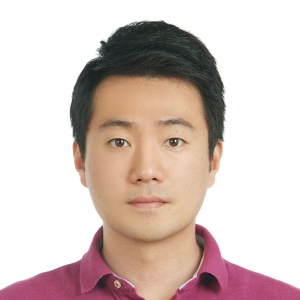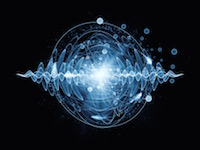
- Speaker: Prof. Kim, Jehyung (UNIST)
- Date: September 26, 2017
- Place: Pi-Ville Auditorium (Look it up at the map)
Future quantum information processing relies on solid-state quantum systems that integrate multiple quantum emitters, waveguides, beamsplitters, and detectors on the same chip, and therefore all quantum operations are efficiently possible on-a-chip. Semiconductor quantum dots have attracted much attention as a bright source of quantum light with high single photon purity and indistinguishability. However, the solid-state quantum emitters, man-made quantum structures, also have many problems such as low photon collection efficiency, randomness in their frequency and position, and strong interaction with the environment which limit them to be used for practical applications. In this seminar, I present recent research on the quantum dots in photonic crystal structures for quantum photonics applications. Photonic crystal structures such as cavities and waveguides can manipulate the photonic density of states and form localized photonic modes, enhancing both spontaneous emission rate and coupling efficiency of the coupled emitters. In addition, it is possible to apply several local tuning techniques such as local strain, heating, and electric fields on a photonic crystal membrane, so they provide an excellent platform for controlling the frequency of individual emitters. By combining these two engineered electronic and photonic structures, i.e., quantum dots and photonic crystals, we demonstrate multiple, identical quantum emitters on-a-chip that generate indistinguishable single photons. Also, we demonstrate super-radiant emission from two quantum dots on the same waveguide, a signature of on-chip quantum interaction between separated quantum emitters. Finally, I show a strong potential of these solid-state quantum systems for future scalable, integrated quantum photonic devices.
